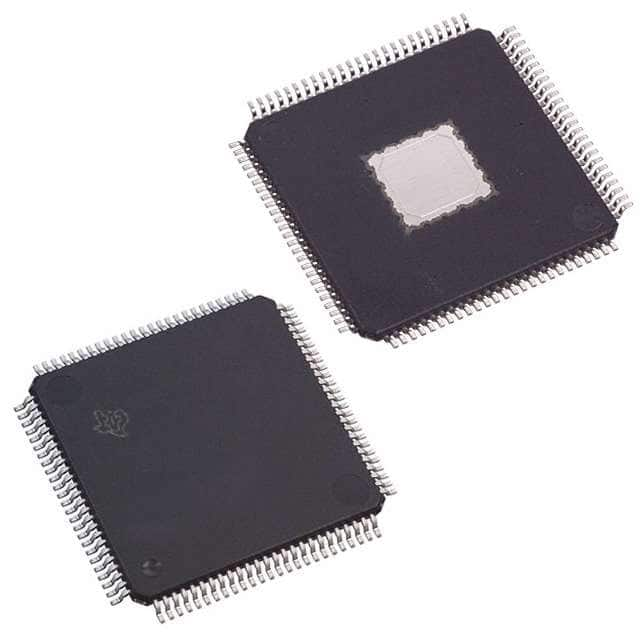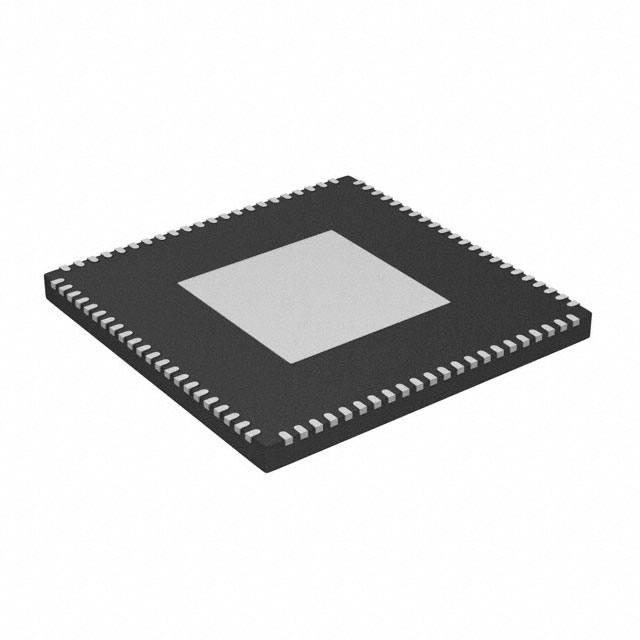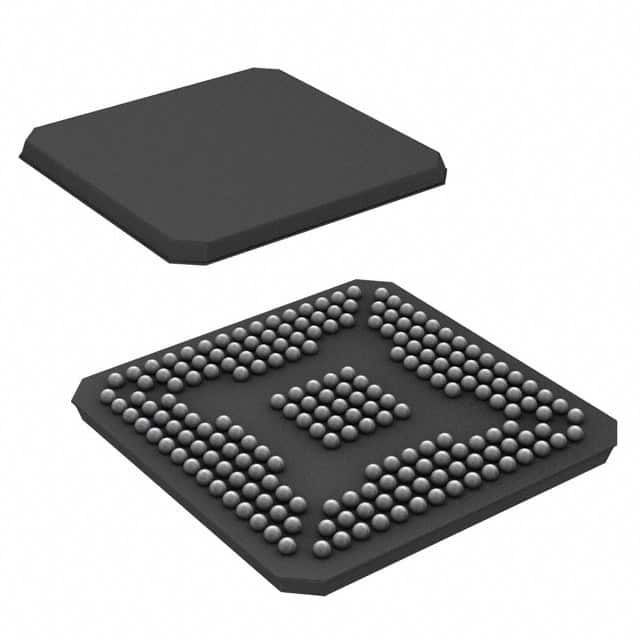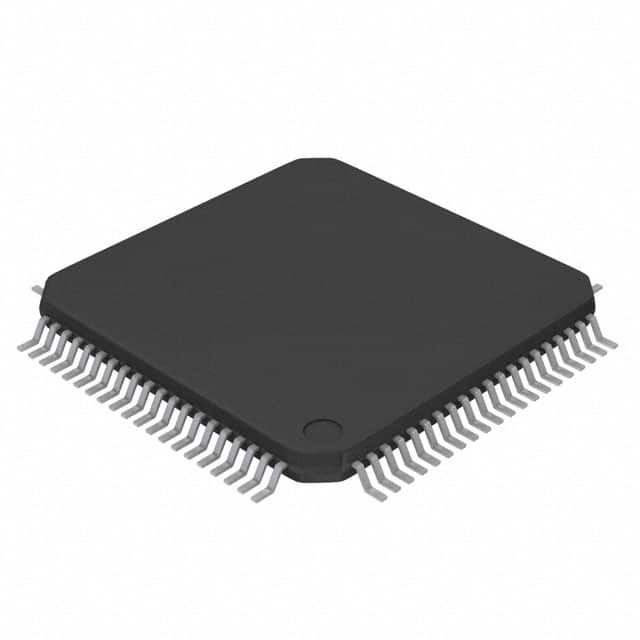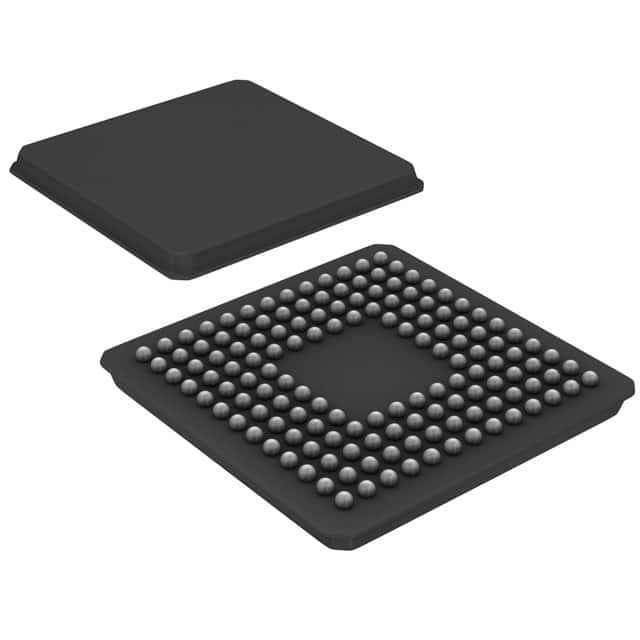TAS3208PZP Product Introduction:
Texas Instruments Part Number TAS3208PZP(Embedded - DSP (Digital Signal Processors)), developed and manufactured by Texas Instruments, distributed globally by Jinftry. We distribute various electronic components from world-renowned brands and provide one-stop services, making us a trusted global electronic component distributor.
TAS3208PZP is one of the part numbers distributed by Jinftry, and you can learn about its specifications/configurations, package/case, Datasheet, and other information here. Electronic components are affected by supply and demand, and prices fluctuate frequently. If you have a demand, please do not hesitate to send us an RFQ or email us immediately sales@jinftry.com Please inquire about the real-time unit price, Data Code, Lead time, payment terms, and any other information you would like to know. We will do our best to provide you with a quotation and reply as soon as possible.
Introducing the Texas Instruments TAS3208PZP, a versatile and powerful audio digital signal processor designed to revolutionize the audio industry. With its advanced features and cutting-edge technology, this product is set to redefine audio processing capabilities.
The TAS3208PZP boasts an impressive array of features, including eight programmable digital audio channels, allowing for seamless integration into various audio systems. Its high-performance 32-bit floating-point digital signal processing engine ensures exceptional audio quality and precision. Additionally, the device supports a wide range of audio formats, making it compatible with various audio sources.
This audio digital signal processor is ideal for a multitude of applications. In the automotive industry, it can be used to enhance in-car audio systems, providing a superior listening experience for drivers and passengers alike. In the consumer electronics sector, the TAS3208PZP can be integrated into home theater systems, delivering immersive and high-fidelity audio. Furthermore, it finds applications in professional audio equipment, such as mixing consoles and audio processors, enabling audio engineers to achieve unparalleled sound quality.
The TAS3208PZP is not only feature-rich but also highly efficient, thanks to its low power consumption and compact size. Its user-friendly interface and comprehensive software development kit make it easy to integrate into existing audio systems, reducing development time and costs.
In conclusion, the Texas Instruments TAS3208PZP is a game-changer in the audio industry, offering unmatched performance, versatility, and efficiency. Whether you are an automotive manufacturer, consumer electronics company, or audio professional, this product is the perfect choice to elevate your audio experience to new heights.
DSP Digital Signal Processing (Digital Signal Processing) is a technology that uses computers or special processing equipment to digitize signals. It converts analog signals into digital signals, and uses efficient algorithms to sample, transform, filter, estimate, enhance, compress, identify and other operations, and finally gets a signal form that meets people's needs. Compared to general-purpose processors, DSPS typically have higher arithmetic throughput, lower latency, and more efficient memory management mechanisms, all of which are designed to meet the requirements of real-time signal processing.
Application
DSP (Digital Signal Processing) technology is mainly reflected in the accurate processing of signals. It can efficiently perform complex operations such as signal analysis, noise suppression and feature extraction, and provide reliable data support for subsequent decision or control. In addition, DSP also has high-speed computing power and low power consumption characteristics, especially suitable for scenarios that require real-time processing of large amounts of data, such as audio processing, video codec, communication systems, image processing, control systems and robots, medical and bioinformatics and other fields.
FAQ about Embedded - DSP (Digital Signal Processors)
-
1. What is built-in DSP?
Built-in DSP is a technology that combines digital signal processing (DSP) functions with power amplifiers. It not only has the power amplification function of traditional amplifiers, but also accurately processes and adjusts audio signals through DSP chips to provide a higher quality music experience.
The core advantage of built-in DSP lies in its powerful audio processing capabilities. Through DSP technology, audio signals can be optimized and managed to achieve active frequency division, delay processing, EQ debugging and other functions, thereby improving the performance of the audio system and making the sound clearer and more pleasant to listen to.In addition, DSP amplifiers also support parameter adjustment through computers, mobile phones and other devices, providing more flexible audio management solutions.
-
2. What is DSP in microcontrollers?
DSP (Digital Signal Processor) is a microprocessor specifically used to process digital signals. It is different from the traditional CPU (Central Processing Unit). DSP is mainly used in occasions that require a large number of floating-point operations, such as communications, audio processing, image processing and other fields.
The working principle of DSP is to convert the received analog signal into a digital signal, and then process and analyze these digital signals. DSP chip adopts Harvard structure, that is, the program and data are stored separately, and has a dedicated hardware multiplier, which can quickly implement various digital signal processing algorithms.
-
3. What are the three types of signal processors (DSP)?
There are three main types of signal processors (DSP): enhanced DSP, VLIW structure, superscalar architecture, and SIMD structure hybrid structure.
Enhanced DSP: This DSP has a highly optimized instruction set and structure that can quickly execute common signal processing algorithms. They are often used in applications that require high-speed signal processing.
VLIW structure: DSP with VLIW (Very Long Instruction Word) structure can execute multiple instructions in one cycle, thereby increasing processing speed. This structure is suitable for applications that require high parallel processing capabilities.
Superscalar architecture and SIMD structure hybrid structure: These structures combine the advantages of superscalar and SIMD (Single Instruction Multiple Data) technologies, can process multiple data in a single instruction cycle, and are suitable for application scenarios that require high-performance computing.
 Lead free / RoHS Compliant
Lead free / RoHS Compliant



